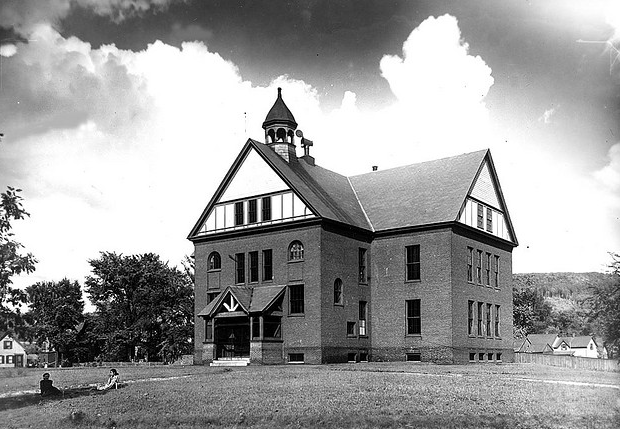State needs new emphasis on higher education

Where does public higher education stand in the pecking order of priorities in the Volunteer State?
Not very high, I’m afraid.
In the past decade we have seen major shifts, some good and some bad, in efforts to provide a quality post-secondary education for Tennessee’s students.
I had the privilege of being involved in one of the good things in higher education 10 years ago when I assisted then-state Sen. (now U.S. Rep.) Steve Cohen in the lottery campaign following Cohen’s 20-year push to bring it to a vote. My reasons for involvement were many, but the primary one was to see that our state enjoyed the same type of opportunities that Georgia had derived from its HOPE scholarship program.
Those benefits included keeping more of the best and brightest students within our borders and providing opportunities to many who otherwise could not afford college. When first rolled out, the lottery HOPE scholarships here provided an average of 60 percent of the cost of public higher education. While the amount has increased, alas, it now covers only about 40 percent of those costs. Why? That’s another side of the story.
Fiscal year 2004-05 was figuratively a red-letter day in our history, when for the first time ever, state support of our colleges and universities was less than the tuition costs to Tennessee families to send a student to college. As illustrated so clearly by the graphic accompanying education reporter Julie Hubbard’s recent story in The Tennessean, tuition went up as state appropriations went down.
The stark figures are: In the past 10 years, appropriations to our colleges and universities went down $231 million (a 33 percent decrease) while tuition increased $436 million (a whopping 76 percent increase).
As a part of the 2010 special session on education reform, one of the items included was a little-noticed paradigm shift in the way public dollars are allocated to our colleges and universities: The priority was changed from the number enrolled to production (read degrees). Other things were included, but what is now called “outcome-based” was central to the appropriations formula. This major change, to me, was one of the good things that has happened in the past 10 years.
The new challenge is to show our colleges and universities (and our students and parents) that higher education is important in this state.
To the credit of the last several governors and general assemblies, no matter what the economic challenges were, they kept K-12 funding at or above its base. That’s a good thing, and should not change. We saw encouraging signs of support for higher education in Gov. Bill Haslam’s budget message.
What’s next? If we are going to achieve the level of success and greatness I think this state is capable of, we must move support of public higher education up the ladder and draw a line in the sand: Higher education is important, and we will now make our priorities K-16. It’s high time.
